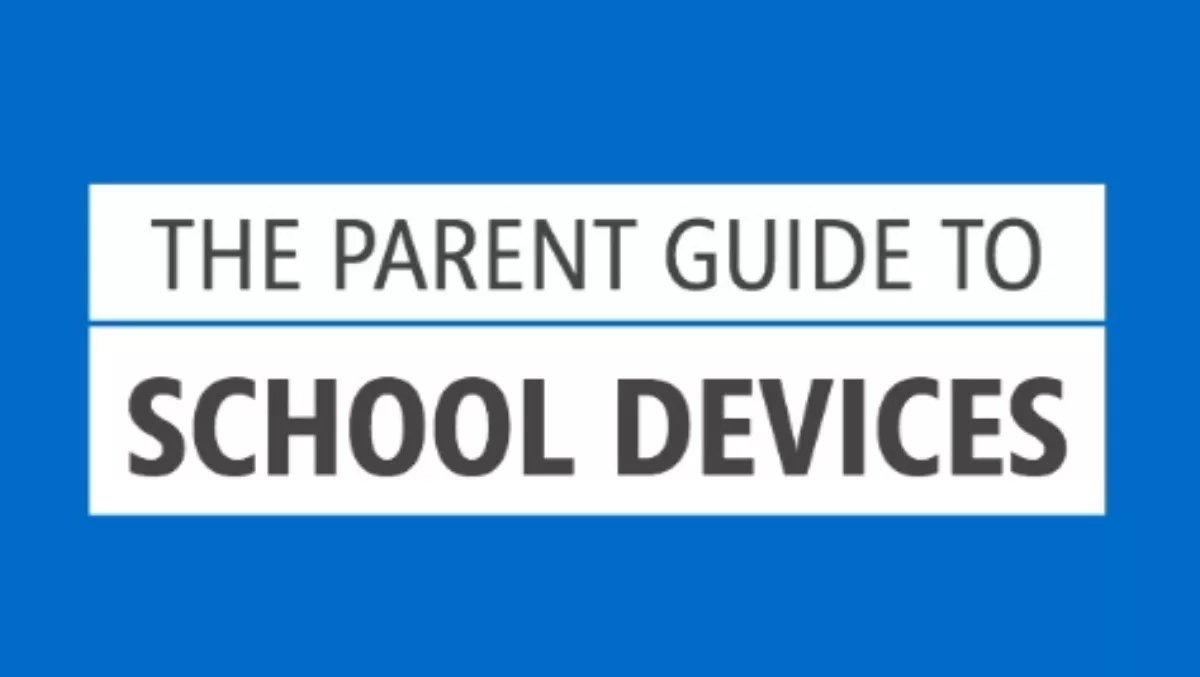
Schools no help to parents, Microsoft jumps in
New research from Microsoft Australia shows parents are unsure which device to buy their child for the classroom and have released a tool with Intel called 'devices for schools' as a possible solution.
Microsoft says Australian schools provide little guidance on what to buy, with just 13% of parents saying schools specify what device is fitting for the classroom.
According to the study, parents are spending large amounts of money on devices that don't maximise learning.
Microsoft's research showed 75% of parents are spending up to $1,000 on devices and more than half are willing to replace these devices every two to three years.
However, 35% of parents let their child decide which device to buy because they know which one will be the best for their needs, 1 in 5 college students have a device that doesn't suit their needs, and a quarter of parents have admitted they have brought the wrong device for their child at some point.
Microsoft says this means billions of dollars is being potentially wasted on devices that don't maximise learning.
According to a Warehouse Stationery survey released last week, technology will continue to play an important role in education in New Zealand with nearly 1 in 3 parents buying a device for their child.
The findings also show 70% of parents want to relinquish their decision making power when it comes to choosing devices, asking for a range of appropriate devices to be recommended to them.
To provide a possible solution, Microsoft and Intel have launched a new interactive tool: www.devicesforschool.com.au, that has been designed to try and help parents and students find the appropriate device for their needs.
Various stores in New Zealand are having deals on devices for children going back to school but there is no word yet on whether Microsoft will release 'devices for schools' for Kiwi customers.
Pip Cleaves, Design, Learn, Empower, senior education consultant, believes technology innovation in schools can be incredibly beneficial but the wrong devices can hinder a student's growth and development.
"In this day and age, technology is now firmly integrated within Australian classrooms, and having the right technology is critical in enabling students to keep up with the curriculum being taught," she says.
"However, it's also critical that each device is fully compatible and the student can access specific programs, otherwise they risk falling behind the rest of the class," says Cleaves.
Jane Mackarell, Microsoft Australia education product marketing manager, says, "Whether it's the sheer abundance of technology options available or the confusion as to the capability required of the device, parents are feeling overwhelmed about the decision at hand – but there are plenty of resources available that parents can tap into.
"Replacing a device every two to three years can be a stressful and costly affair. Schools need to be clear on what each device must be capable of, while parents should self-educate on what new technology is available to them, and they'll be rewarded in the long run," she says.


